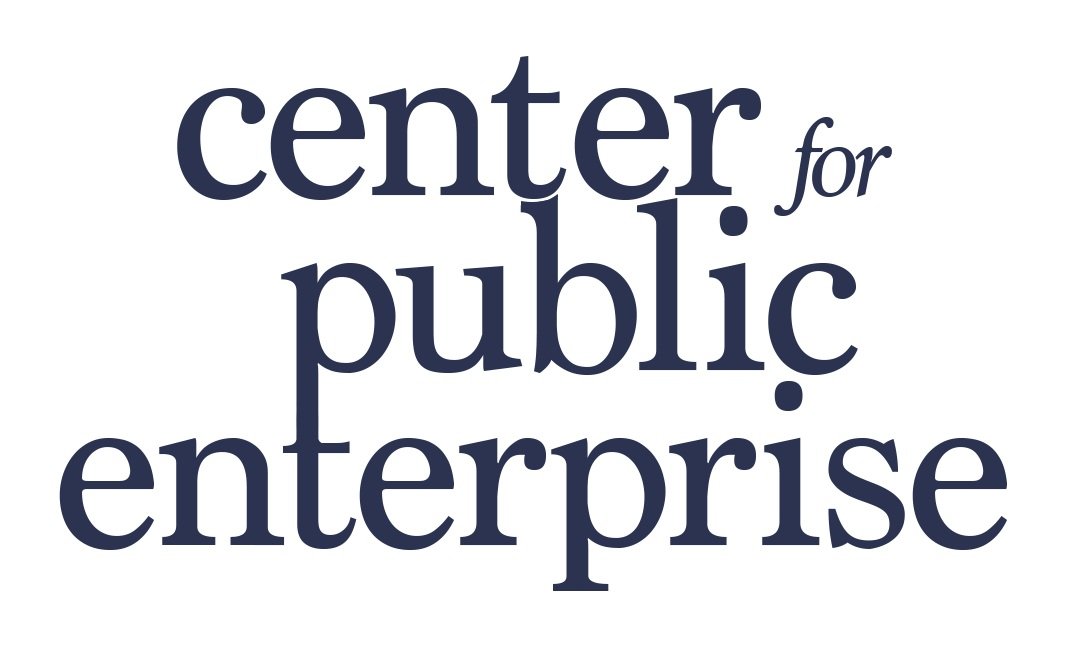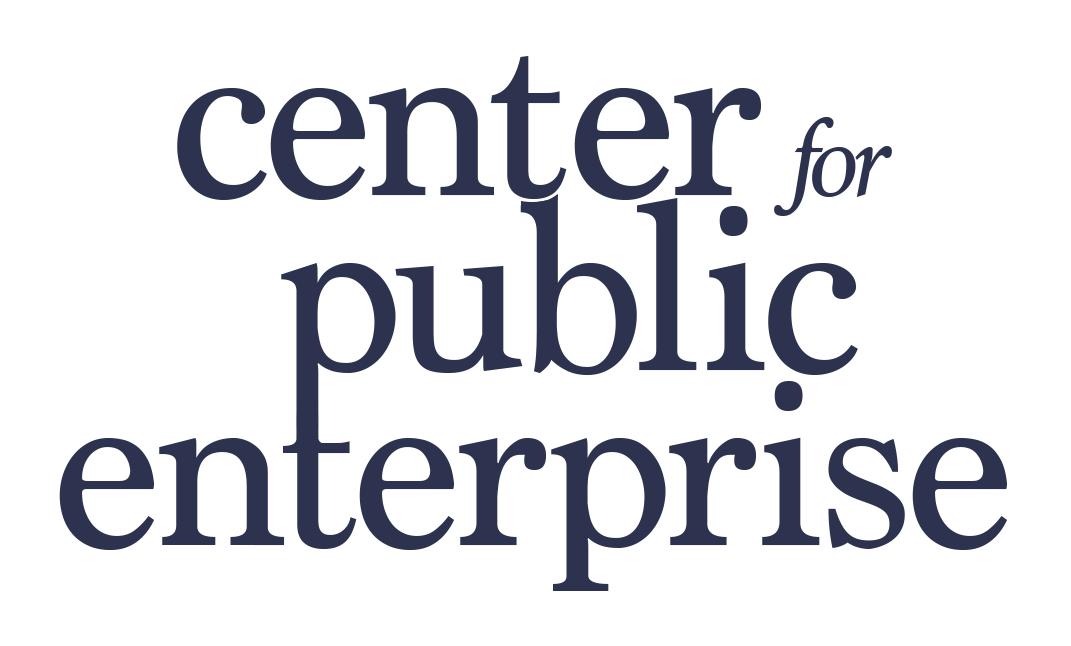Comments on Guidance for Green Bank Implementation
Chirag Lala, Yakov Feygin, Paul Williams
The Greenhouse Gas Reduction Fund (GHGRF) provides $27 billion in total to the Environmental Protection Agency (EPA) through September 30, 2024. The total funding is split as follows: a) $7 billion in grants to states, municipalities, tribal governments, and eligible entities to make grants, loans, and provide technical assistance for the purpose of deploying or benefiting from zero emissions technology; b) $11.97 billion to make grants to eligible recipients who could provide financial and technical assistance; and c) $8 billion to eligible recipients for the purpose of providing financial assistance and technical assistance in low income and disadvantaged communities.
The best way to achieve the goals of the GHGRF tranches is to use disbursements to construct a network of public and non-profit “green banks.” In particular, EPA should ensure that the vast majority of GHGRF disbursements benefit a national green bank, state green banks, and nonprofit green banks—each with linkages to one another and with a diverse network of project stakeholders and partnering investors.
Green banks offer the potential to create a new lending ecosystem for climate investments through network-derived scale, leveraging of public dollars and donations into private investment, the creation of standardized and safer green assets, and the recycling of capitalization into new projects. As such, EPA should create a screening criteria to ensure applicants will meet the attributes of a green bank. Furthermore, EPA should ensure that disbursements can benefit a diverse range of organizational models, decarbonization mandates, institutional arrangements, investment strategies, and financial tools utilized by applicants meeting the screening criteria.

